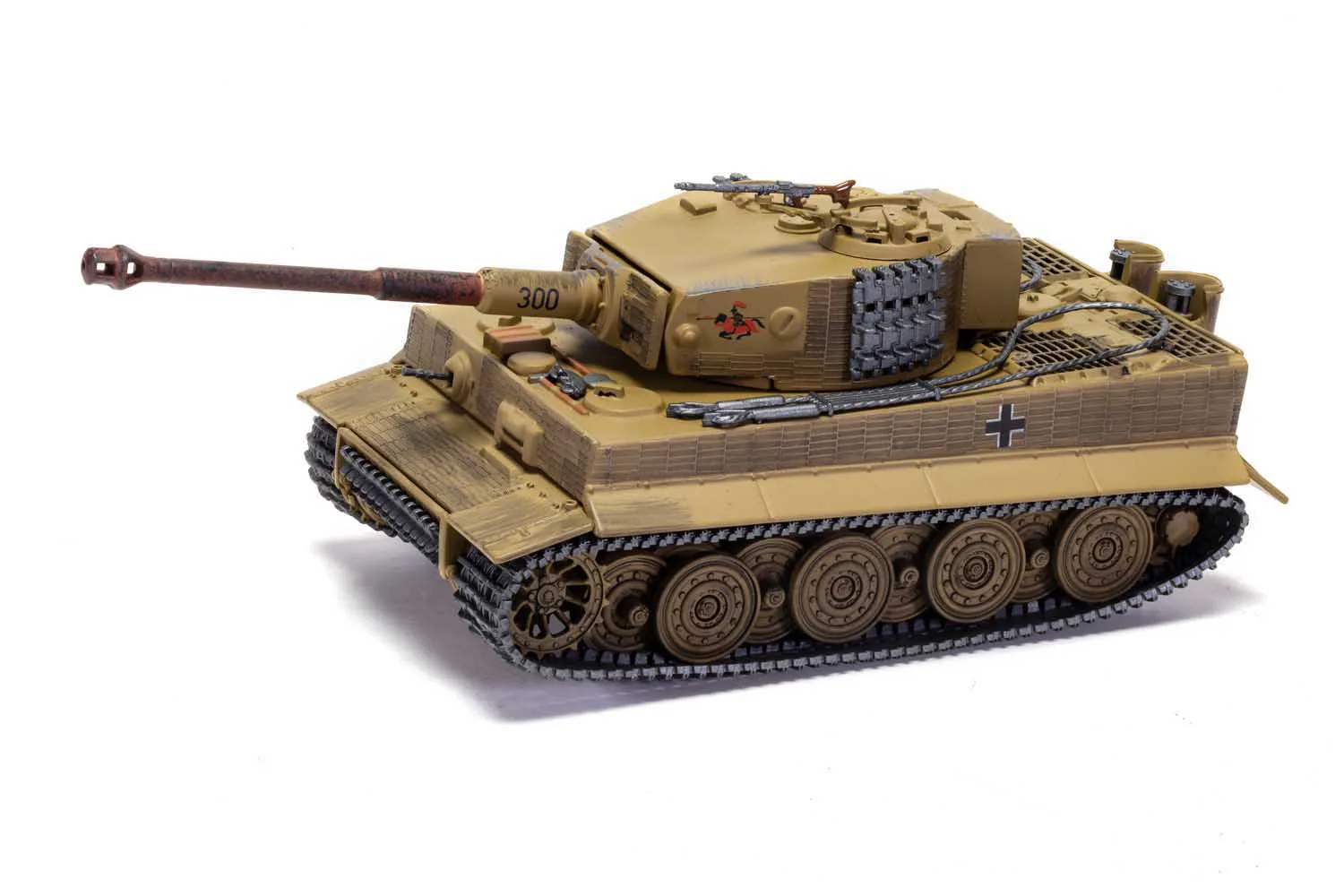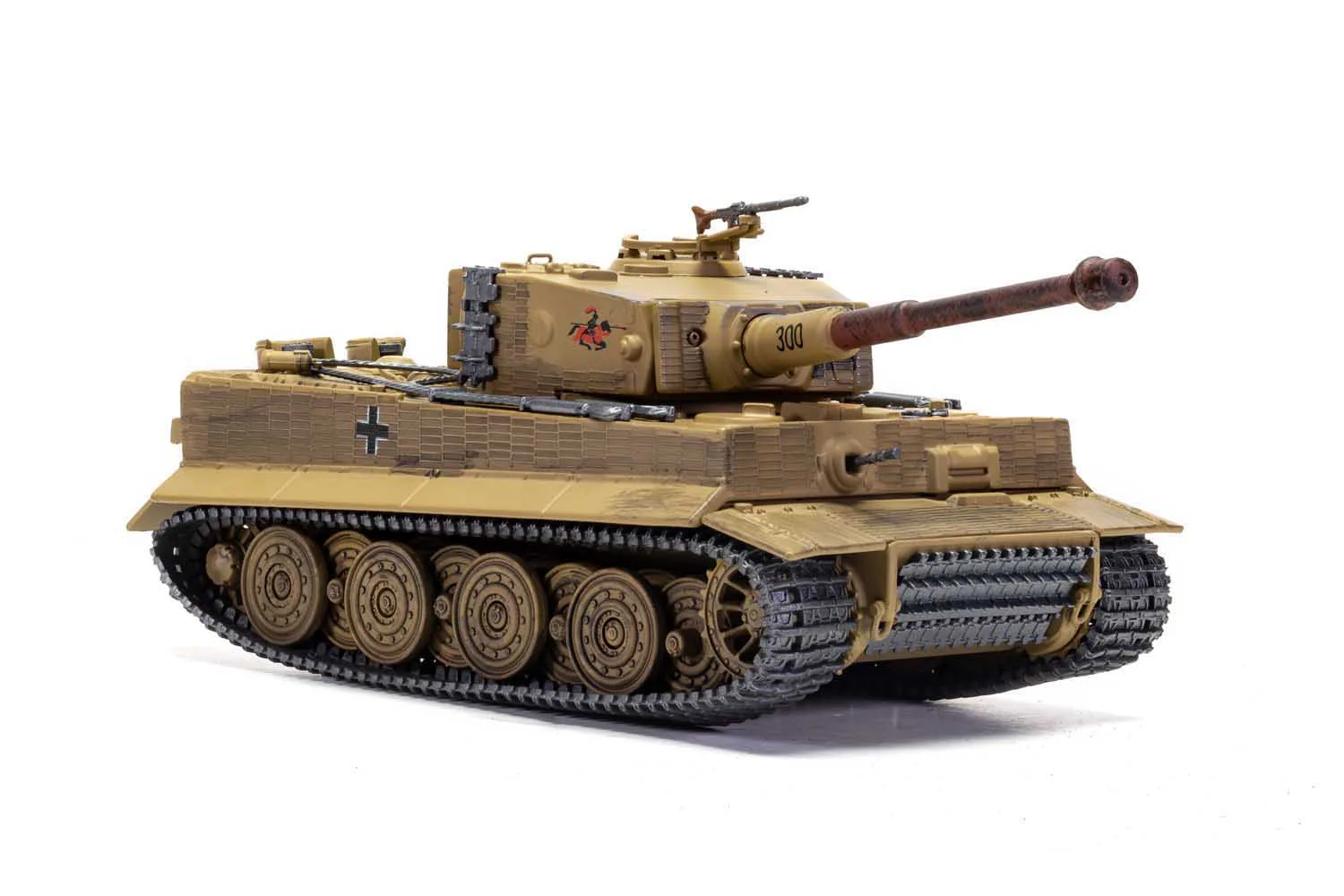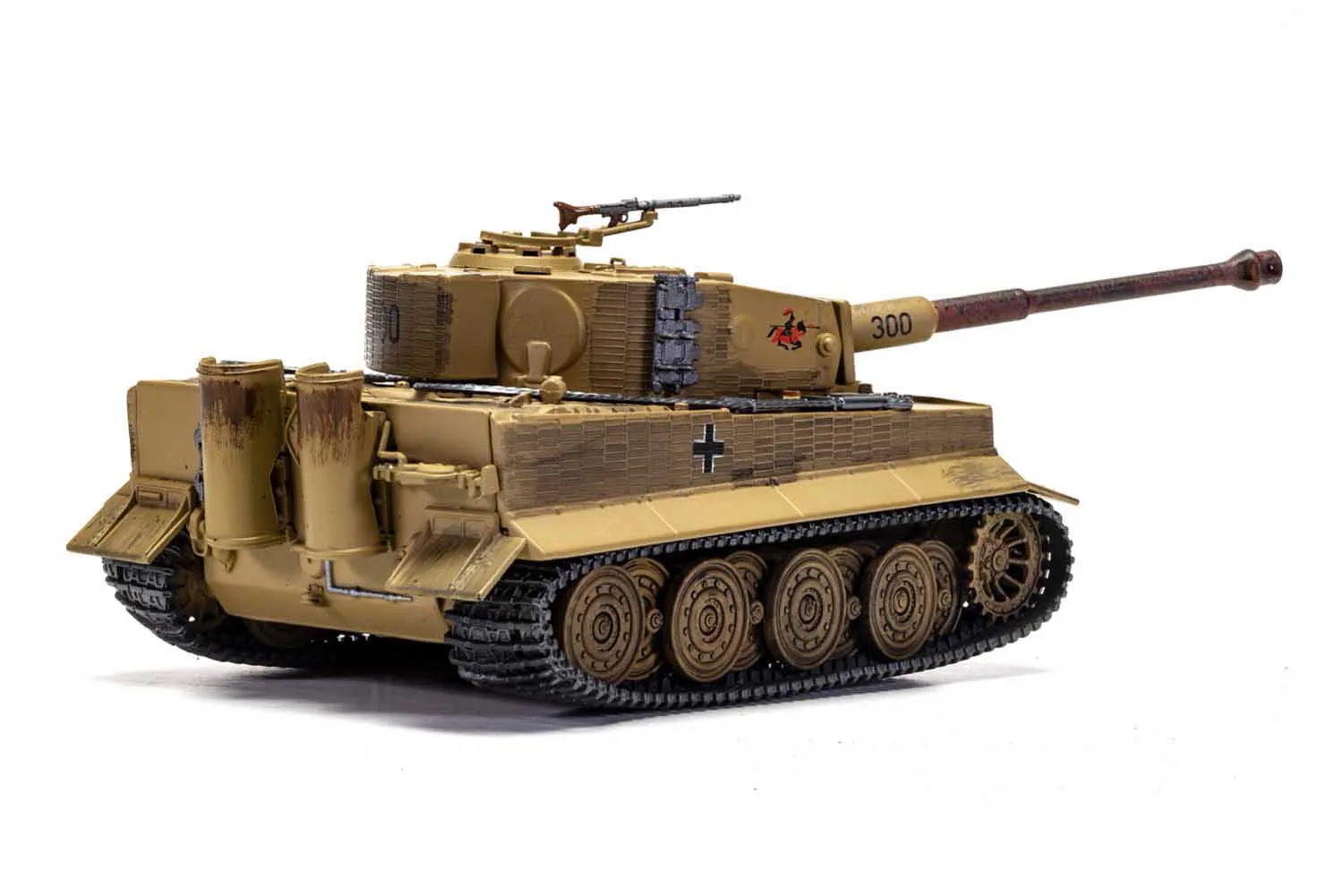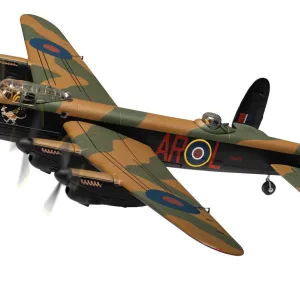Panzerkampfwagen VI Tiger Ausf E (Late production), Turret Number ‘Black 300’, sPzAbt. 505, Eastern Front, Summer 1944, Russia on the offensive
For many with an interest in military history, the German Tiger I is still widely regarded as the epitome of tank design as it is beautifully conceived and manufactured, whilst at the same time proving deadly on the battlefield. Unrivalled by any opposing tank when it saw its combat introduction on the Eastern Front during September 1942, the Tiger I soon began to show its potential, using its highly effective sighting optics and accurate 88mm KwK 36 tank gun to take a heavy toll of Soviet armour.
Capable of destroying enemy tanks at ranges which made it almost impervious to return fire, it was not uncommon to hear reports of small units of German Tigers destroying more than ten times their number in Soviet armour during engagements, as their opposition rushed headlong towards the German tanks in a deadly hail of armour piercing shells with only the amount of ammunition held limiting the effectiveness of the Tigers killing spree. Indeed, if a Soviet tank did manage to get close enough to fire on its capable adversary, their shells would invariably ricochet off the thick frontal armour of these German beasts and attract the attention of the enemy tank commander in the process.
During the spring of 1944, the Tigers of the 505th Heavy Tank Battalion adopted the distinctive charging heavy knight as their unit insignia, an emblem which they would retain until the end of the war in Europe and one which drew inspiration from the fact that these armoured behemoths were now performing the historic role of battlefield shock cavalry from years past. Despite the fact that the mighty German Tiger Tank still retains its position as arguably the worlds most famous armoured fighting vehicle, its undeniable aesthetic appeal helps to mask a number of fatal flaws with a design which never stood a chance against the industrialisation of modern warfare.
Not content with producing the most fearsome tank on the battlefield, the Germans adopted something of a no expense spared philosophy when producing the Tiger, at a time when their tanks were needed on the battlefield and the Allies were placing ever increasing strains on their ability to wage war. Every example may have been beautifully manufactured to exacting standards, but at production costs which were simply staggering to a point where every individual Tiger loss would become something of a minor military disaster. Indeed, the simple process of transporting these monstrous 57 ton beasts from the factory to somewhere close to the battle zone would pose significant challenges.
Due to the width of the Tigers hull and standard railway rolling stock wagons, each new Tiger needed two full sets of tracks, a narrow set for transportation and a wider, operational set for use during combat – these tracks would have to be interchanged every time the Tiger had to be moved other than under its own power. Although the Tiger went on to produce a WWII enigma which endures to this day, its design excellence and uncompromising manufacture would ultimately prove to be its armoured Achilles heel.







